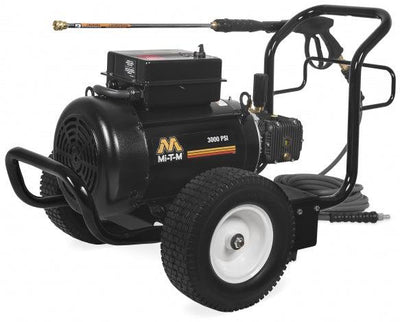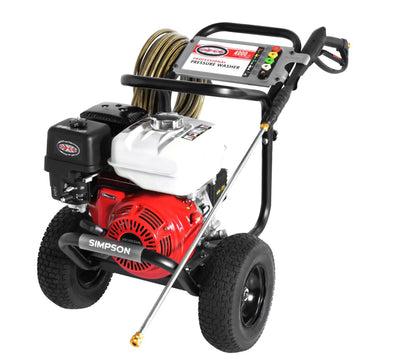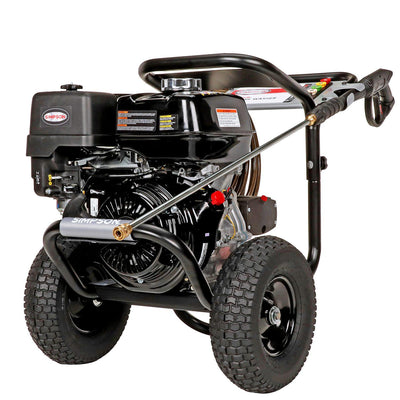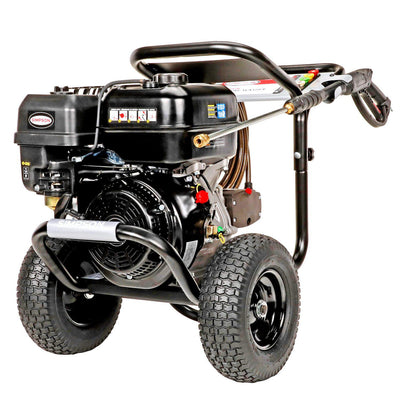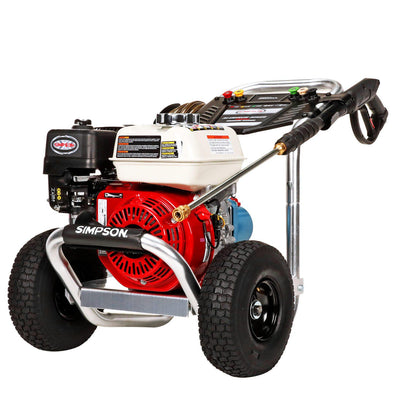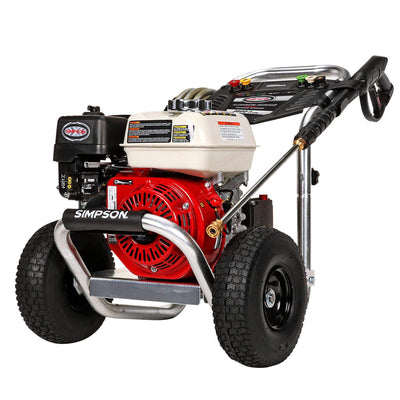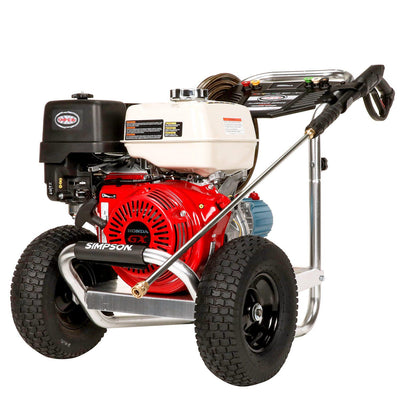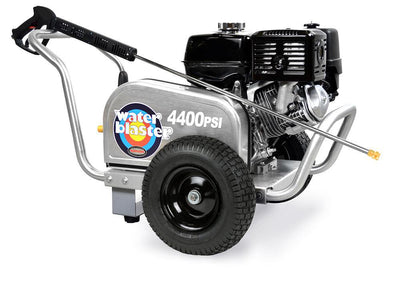Belt Drive Vs Direct Drive VS Gear Driven Pressure washers
Direct Drive Pressure washers
Direct drive pressure washers are the most common type of pressure washer setup. With a direct drive pressure washer the pressure washer pump has a hollow shaft, the pressure washer pump and the engine are directly interconnected so that when the pressure washer’s engine rotates the pressure washer pump runs to create water. This type of pressure washer setup is the least expensive to produce and so is used by the majority of pressure washers.
However there are trade offs to a direct drive pressure washer.
Since the motor and the pump are interconnected, the pressure washer pump has to run at a high speed compared to a gear or belt driven option. The high speed it runs at creates extra heat which results in quicker wear on the washer’s pump components. Additionally, the interconnected pump and motor can be problematic because if the washer pump ever freezes or the engine has an issue, there can be a chain reaction causing pump and or motor damage. An additional limitation with a direct drive pressure washer is that it won’t be able to draw water from a tank, which can be important if you intend to use your pressure washer on a portable trailer without a faucet hook up.
Belt Drive Pressure Washers
Unlike a direct drive pressure washer, the pump and engine are not directly tied together. Instead, with a belt drive pressure washer the engine drives a belt attached to a pulley which is connected to the pressure washer pump via an additional pulley. By using a belt the pump will run at a lower RPM, this in turns results in less heat build up and overall a reduction in friction generated when the washer is operating. Belt drive pressure washers are ideal for heavier volume use or if you simply want a washer that will outlast others.
A side benefit of the pump and engine not being directly connected is if your washer pump ever locks up (due to a unloader failure or a valve freezing or something similar), the damage rarely causes a chain reaction, so only the pump or engine will need to be repaired while with a direct drive you often have to fix a pump and engine issue when one of the components freeze up.
Belt drives will also draw from a water holding tank making them ideal for trailer setups or other setups that you don’t want to have a hose bib connection available.
Gear Driven Pressure washers
Gear driven pressure washers also operate with a indirect connection between the pressure washer pump and the motor. However, the connection is completed by interlocking gears. Gear driven pressure washers typically tend to be similar in performance specs with regards to GPM and PSI of belt driven pressure washers but tend to be a bit less expensive.
However, due to the connection having slightly more friction than a belt, they also tend to be somewhat more prone to wear issues placing them in the middle of direct drive and belt driven washers in terms of reliability.
When it comes to pressure washing the type of drive on your pressure washer will impact the durability, performance, and potentially the likelihood of issues your washer may have. For maximum performance and life belt drive usually is best, for the best price, direct drive is generally the winner. For a balance of the two, a gear drive can be a good option. Remember in addition to the drive of the washer is the quality of the pump, our guide on pump types here can help you further understand the benefits of the various pumps that are available in the pressure washer market.

